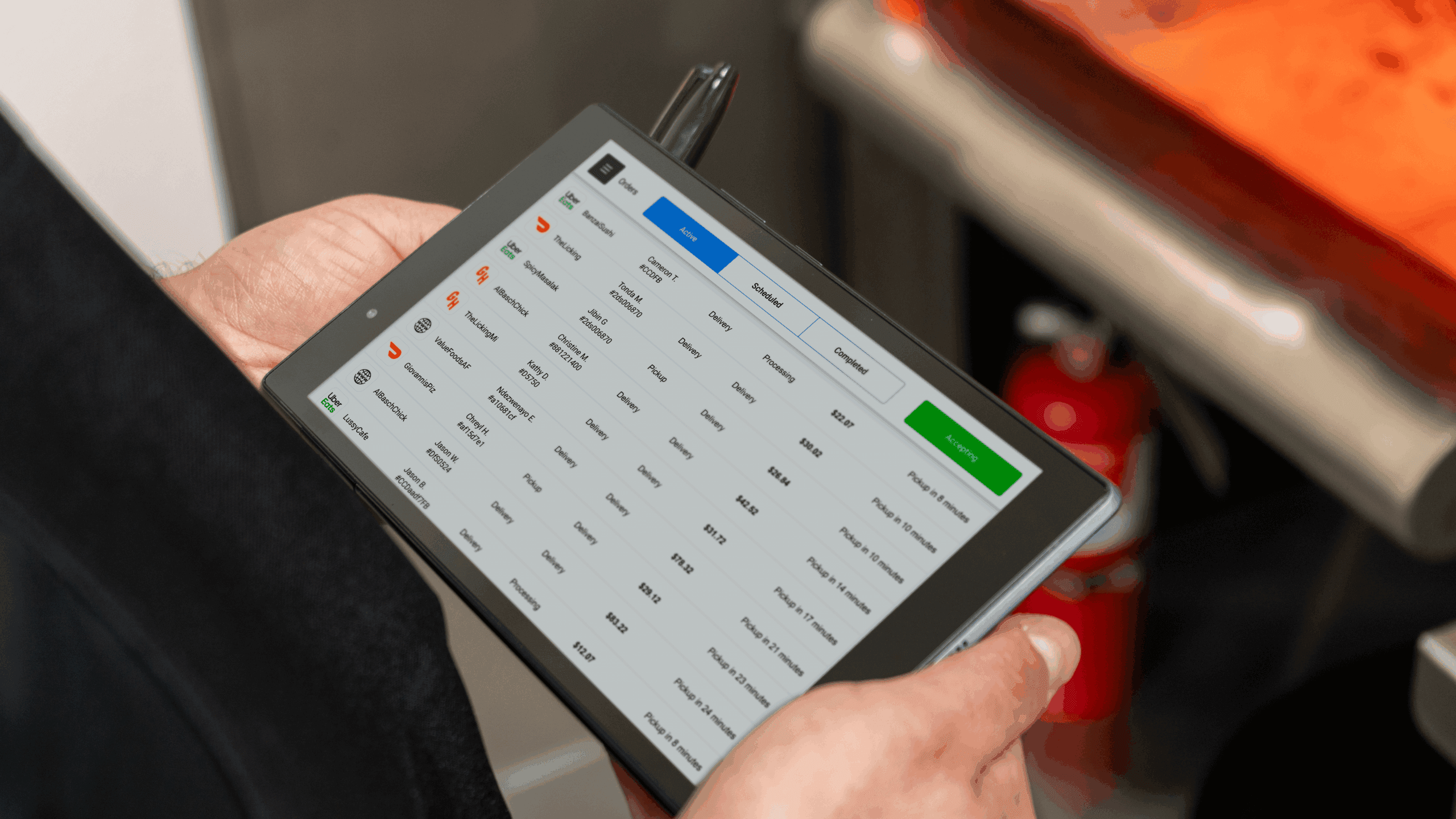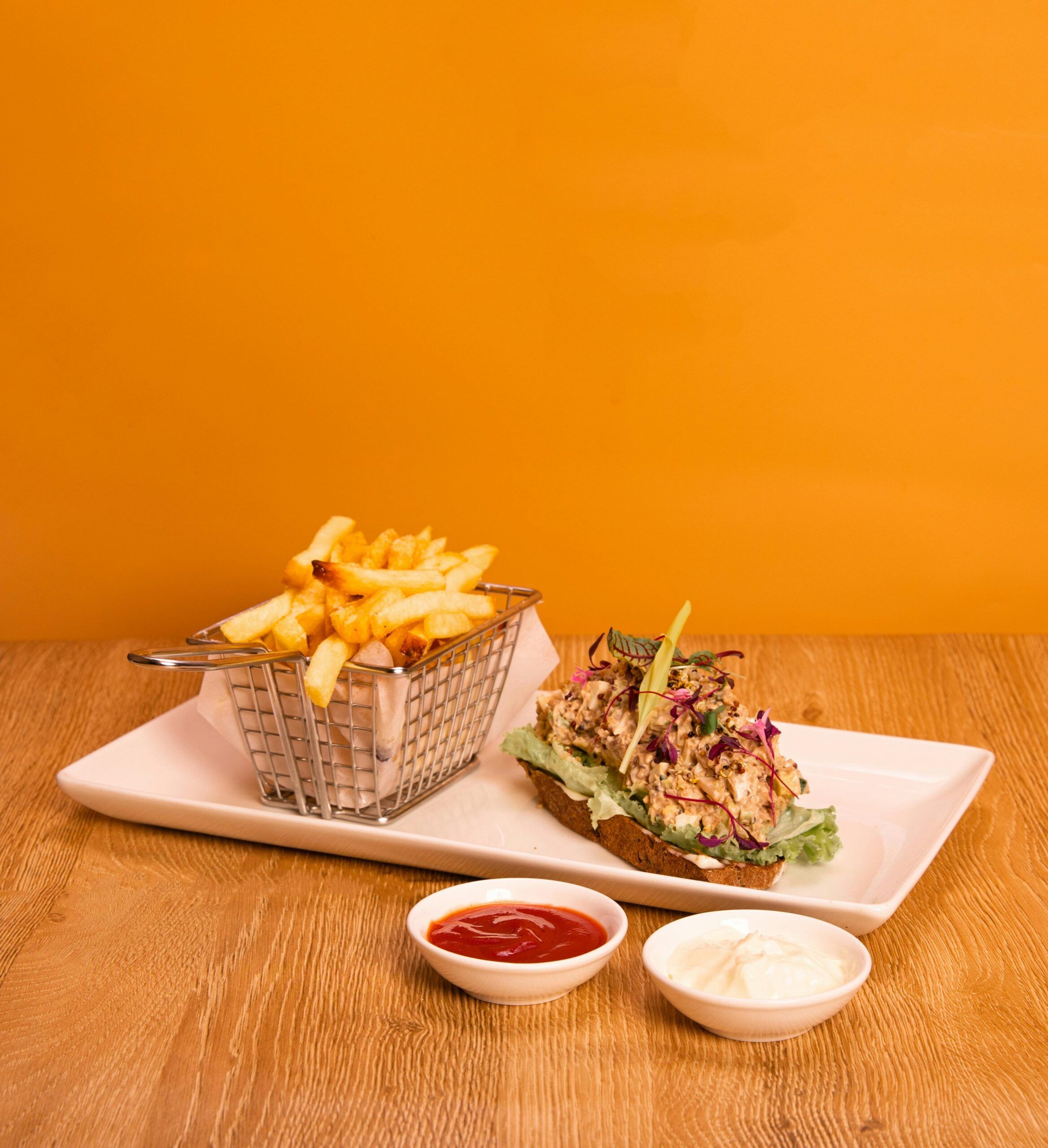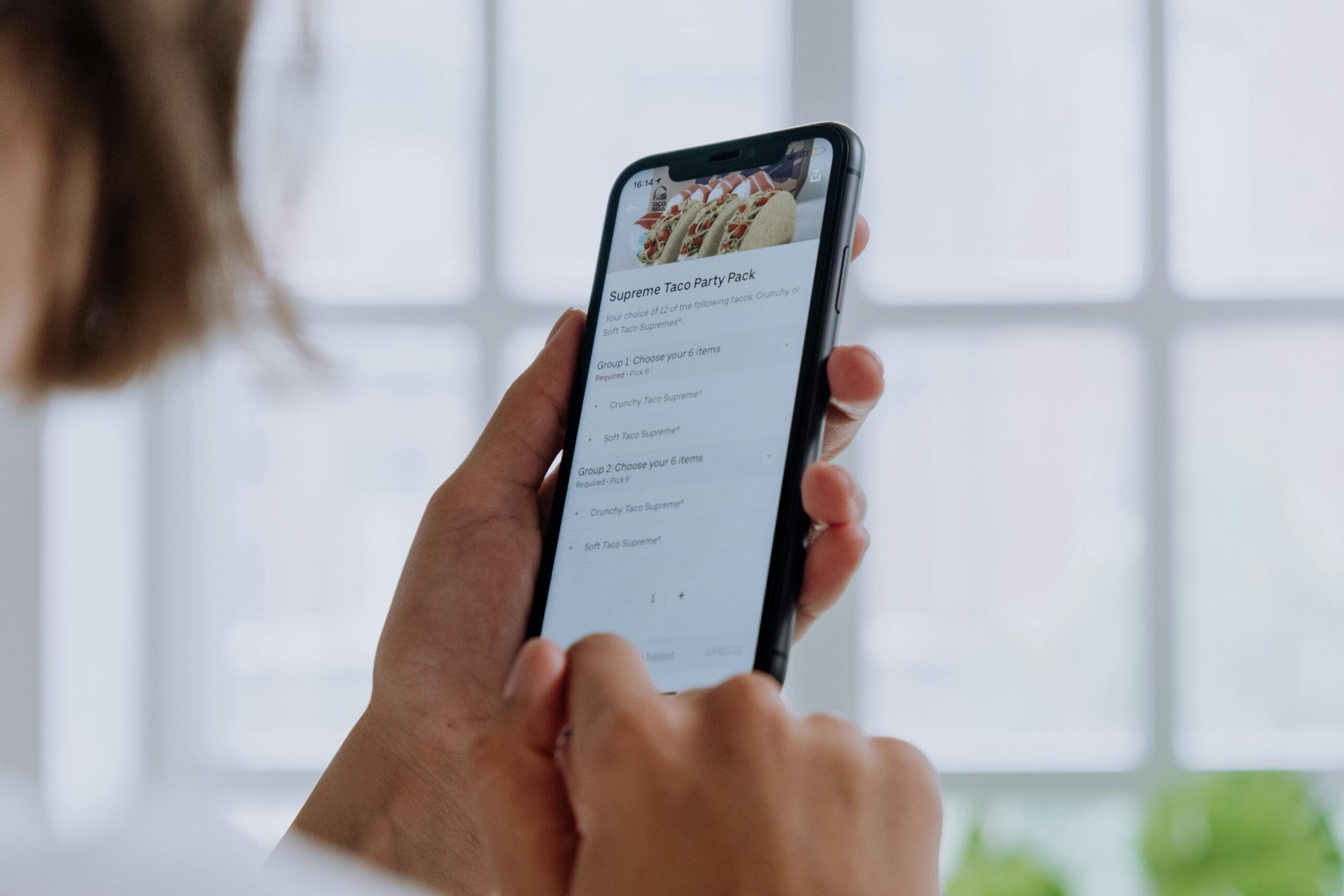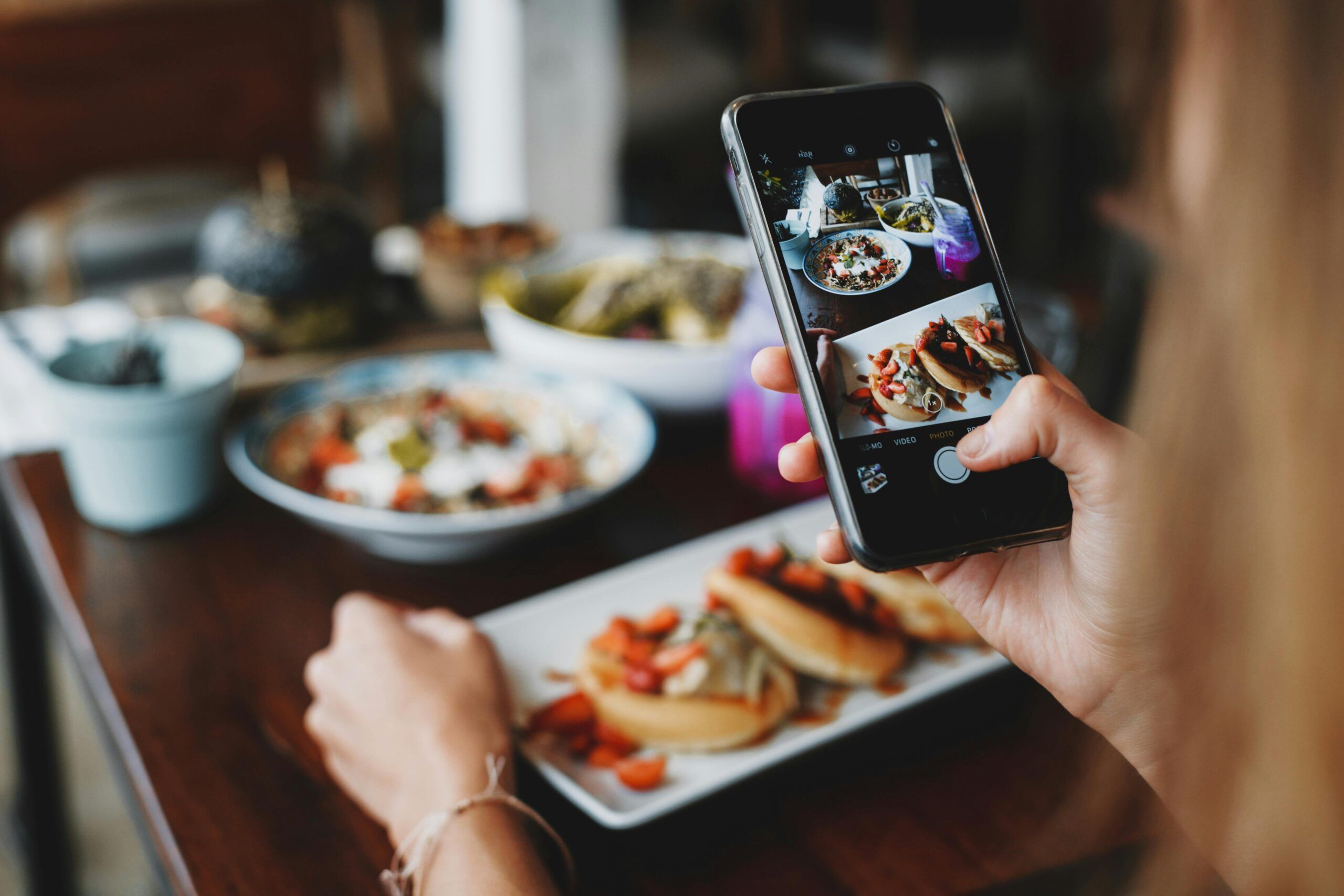- Why A Catering POS Is Essential In 2025
- Manage Large, Scheduled Orders Without Re-Entering Everything
- Control Menus And Pricing Across All Catering Channels
- Real-Time Sync With Delivery Platforms And In-House Fulfillment
- Smarter Delivery And Pickup Coordination
- Flexible Billing Built For Business Clients
- Catering Reports That Actually Help You Plan
- Tools To Keep Clients Coming Back
- Support For Staff-Managed Or Self-Service Order
- Data Security And POS Uptime
- How To Get Started With A Catering-Ready POS
- Future-Proof Your Catering Operations With The Right POS
- FAQ
Why A Catering POS Is Essential In 2025
Catering isn’t just for weddings anymore. Today, restaurants handle everything from office lunches to school programs, nonprofit events, and repeat business from local companies.
Orders come in from various channels, including websites, third-party apps, texts, and phone calls, each with specific delivery requirements.
This variety brings in steady revenue but also creates more moving parts.
Staff must manage large orders, tight delivery windows, custom packaging, different payment terms, and repeat requests, all while staying on top of multiple systems. That’s where a catering POS makes a difference.
A catering POS system helps organize it all in one place.
It allows restaurants to schedule large orders, customize menus and pricing, coordinate preparation and delivery, store client preferences, and generate invoices, all without switching between systems.
It also gives you:
- Flexible payment options for business clients
- Real-time updates across channels and teams
- Insights into top-performing items and repeat customers
The catering POS market hit $9.2 billion in 2023 and is on track to reach $20 billion by 2030. Restaurants that want to grow their catering business need tools built for how they operate today.
Orders.co’s catering POS connects with your existing platforms and brings everything into a single dashboard, so your team can move faster with fewer tools.
Book a demo to see how it works.
Key Takeaways
- A catering POS keeps orders, menus, and invoices in one system.
- It syncs updates in real time to avoid mistakes.
- You can easily manage menus, pricing, and delivery settings.
- A catering POS supports invoicing and payment terms for business clients.
- It helps track orders, save client info, and keep data secure.
Manage Large, Scheduled Orders Without Re-Entering Everything
Most catering orders are planned in advance. They often include regular services like weekly office deliveries or ongoing school lunch programs. These orders are usually larger and more detailed than regular ones.
A catering POS lets you store all that information in one place. You can update items, store delivery notes, and pull up client preferences without starting from scratch each time.
That means less retyping, fewer errors, and more time back for your team.
Example: Olivia runs a small restaurant in Los Angeles and handles weekly school lunches. Before using Orders.co, she rebuilt each order manually.
Now, the schedule and packaging notes are saved, so she can focus on getting meals out the door, not rebuilding orders.
Control Menus And Pricing Across All Catering Channels
Catering menus change often. You might add seasonal dishes, offer special pricing for repeat customers, or create custom menus for specific events. Doing that manually across multiple platforms increases the risk of errors.
A food service POS should make it easy to:
- Update menus everywhere at once
- Save and reuse client-specific menus
- Include allergy notes and item customizations
- Set different prices for your site, apps, and partners
Why It Matters:
When your menus aren’t consistent, you risk sending out wrong items, missing details, or frustrating customers. Central control keeps everything accurate.
How Orders.co Helps:
With Orders.co, you can:
- Make all updates from one dashboard
- Push changes instantly to Uber Eats, DoorDash, and your site
- Adjust item info and fees per channel
It’s one less thing for your team to track, and it helps keep every order right the first time.
Real-Time Sync With Delivery Platforms And In-House Fulfillment
Hybrid catering means that orders come from different places, like your website, delivery apps, and event partners. A catering POS system should keep everything updated in real-time so your kitchen, delivery team, and managers all stay informed.
When orders aren’t synchronized, it can lead to delays and mistakes. Kitchen staff may prepare the wrong item, drivers may receive outdated instructions, and customers could receive incomplete or late deliveries.
A modern POS for catering can fix this by quickly updating order details, preparation instructions, and availability across all platforms.
With Orders.co, you only need to update your information once. Menus, orders, and preparation notes will automatically sync everywhere. This helps your team work faster, and your clients will get what they expect.
Smarter Delivery And Pickup Coordination
Catering deliveries require timing, accuracy, and clear instructions. When your team is managing multiple drop-offs, it’s easy to fall behind or miss details.
Orders.co gives you tools to schedule deliveries, manage your drivers, and track order status, all in one place.
You can:
- Set delivery windows
- Save custom notes with each order
- Monitor real-time progress and delays
This helps you avoid cold food, missed addresses, and unhappy customers.
Flexible Billing Built For Business Clients
Corporate catering requires more than a receipt. Your POS should support invoicing, net terms, split payments, and stored preferences for returning clients.
Operations Manager Marcus, for example, saves hours each week by generating invoices grouped by client and event using Orders.co.
The system tracks what’s paid and what’s pending, no more chasing down payments manually.
With Orders.co, you can:
- Offer Net 15 or Net 30 payment terms
- Group invoices by department or date
- Store tax info and payment preferences
- Allow split transactions
Its billing is made for repeat clients, not one-off transactions.
Catering Reports That Actually Help You Plan
Catering performance is different from dine-in. Orders take longer, margins are different, and labor needs vary.
Orders.co gives you reporting that’s made for catering, including:
- Profit by channel (direct vs. app)
- Average order value and customer frequency
This helps you make better staffing decisions, adjust menus, and focus on what brings in repeat business.
Tools To Keep Clients Coming Back
Catering success isn’t just about new orders; it’s about turning one-time clients into repeat business. Your POS should help track client preferences, order history, and follow-up opportunities.
Restaurants that use CRM tools see better client retention, more consistent revenue, and stronger relationships with their top accounts.
Support For Staff-Managed Or Self-Service Orders
Hybrid catering involves serving different types of clients. This includes corporate offices that need full-service planning and individuals who want to place a one-time online order for 20 people.
A flexible catering POS should support both options.
Restaurant owners should be able to decide how involved their team should be with each order. This should happen without losing accuracy or speed.
Must-Have Features for Flexibility
- Admin and Staff Permissions: Assign different access levels to staff members. Limit who can approve quotes, edit menus, or schedule deliveries. This keeps control in the right hands and reduces mistakes.
- Self-Service Ordering Portal: Let customers browse catering menus, submit requests, and pick delivery times without calling the restaurant. This is perfect for repeat clients and busy corporate teams.
- Quote and Approval Tools: Allow staff to review, change, or approve orders that come through the portal. This maintains quality while saving time.
- Event Scheduling Options: Give customers the option to schedule orders days or weeks in advance. This helps staff prepare and manage resources more effectively.
The best catering POS systems give you the flexibility to offer white-glove service when needed, and automation when you don’t.
Data Security And POS Uptime
Catering clients expect reliable service and trust you with sensitive information. A good catering services POS platform should keep working even if the internet goes down.
It should back up data to the cloud automatically and meet PCI standards for secure payments. The system must sync in real-time across devices and locations to keep staff coordinated.
Without these features, even a small problem can lead to missed orders or unhappy clients. Reliability and data protection are essential, not optional.
How To Get Started With A Catering-Ready POS
Hybrid catering isn’t a trend. It’s how modern restaurants grow. Between large corporate drop-offs and in-house private events, catering has become a reliable source of revenue.
However, general POS systems often fall short when it comes to managing volume, complexity, and client expectations.
If you’re offering catering, your POS should support the following:
- Large, scheduled orders with item-level detail
- Separate menus and pricing by channel
- Live updates to delivery platforms and internal prep systems
- Delivery coordination by time, date, and location
- Flexible payment and invoicing options for businesses
- Real-time performance reporting
- Customer management tools to drive repeat orders
- Self-serve and staff-assisted ordering flows
- Secure data storage and uninterrupted uptime
A POS for catering that’s built for these needs saves time, avoids errors, and makes it easier to grow without hiring more staff.
Future-Proof Your Catering Operations With The Right POS
In 2025, catering will be faster, more complex, and more competitive than ever. Handling large orders, tight delivery times, and communication across different channels is challenging and often impossible without the right tools.
A catering POS system is now essential; it is the foundation for growing and profitable catering businesses.
The right POS system helps your team coordinate deliveries, sync information in real-time, manage flexible billing, and keep customers happy.
This technology reduces costly mistakes and improves operations. It lets your staff focus on what truly matters: providing great food and excellent service.
As catering evolves, restaurants that use specialized tools will be more successful, serve customers better, and build lasting loyalty. Don’t let outdated systems hold your business back.
Want to grow your catering revenue without adding extra software? Book a demo with Orders.co and see how a catering-first POS can work for your restaurant.
FAQ
1. What makes Orders.co different from other catering POS providers?
Orders.co is built specifically for modern, hybrid catering. Unlike general POS systems, it supports large, scheduled orders, real-time sync with delivery platforms, B2B invoicing, and built-in CRM tools without needing extra apps or plugins.
2. Can I manage catering and regular restaurant orders separately?
Yes. Orders.co allows you to create separate menus, pricing, and scheduling rules for catering vs. dine-in or takeout orders. You can also track performance metrics by channel.
3. Does Orders.co integrate with third-party platforms like DoorDash or Uber Eats?
Absolutely. Menu updates, availability, and order routing sync in real-time across your website, DoorDash, Uber Eats, Grubhub, and more, so you’re never out of sync.
4. How does Orders.co support large, scheduled catering orders?
You can set future delivery dates, add detailed client instructions, apply custom pricing, and schedule recurring orders. It’s perfect for corporate lunches, event drop-offs, and holiday orders.
5. Is there built-in delivery coordination?
Yes. Orders.co lets you assign deliveries by time slot, attach notes for drivers, and track status from kitchen prep to drop-off. You can use your own drivers or integrate with third-party logistics.



